As the mercury rises and summer kicks into high gear, our furry friends face a hidden danger lurking on every sidewalk and street: hot surfaces that can burn their sensitive paw pads. Many pet owners overlook this risk, but protecting your dog's paws is crucial for their comfort and safety. In this comprehensive guide, we'll explore why paw protection matters and share seven essential tips to keep your canine companion's feet cool and comfortable all summer long.
1. Understand the Risks of Hot Surfaces
Before we dive into prevention strategies, it's important to grasp why hot surfaces pose such a threat to our dogs' paws. Asphalt, concrete, and even sand can reach scorching temperatures on sunny days, often exceeding 140°F (60°C). At these temperatures, it takes less than 60 seconds for a dog's paw pads to suffer severe burns.
How hot is too hot for dog paws?
Answer: A general rule of thumb is that if the surface is too hot for you to comfortably hold your hand on for 5 seconds, it's too hot for your dog's paws.
2. Time Your Walks Wisely
One of the simplest ways to protect your dog's paws is to adjust your walking schedule. Early morning or late evening walks, when temperatures are cooler, can significantly reduce the risk of burned paws.
What are the best times to walk my dog in summer?
Answer: Aim for walks before 8 AM or after 8 PM when the sun is less intense and surfaces have had time to cool down.
3. Test the Surface Temperature
Before heading out, always check the ground temperature. Place the back of your hand on the pavement for 5 seconds. If it's uncomfortable for you, it's unsafe for your dog.
4. Choose Cooler Walking Routes
Opt for grassy areas, shaded paths, or wooded trails instead of hot sidewalks or asphalt. These natural surfaces stay cooler and provide a more comfortable walking experience for your pup.
5. Invest in Protective Booties
Dog boots aren't just for winter anymore! Specially designed summer booties can provide excellent protection against hot surfaces. While some dogs may need time to adjust to wearing them, booties offer unparalleled paw protection.
How do I get my dog used to wearing booties?
Answer: Start by letting your dog wear the booties indoors for short periods, offering treats and praise. Gradually increase the duration and introduce outdoor walks once they're comfortable.
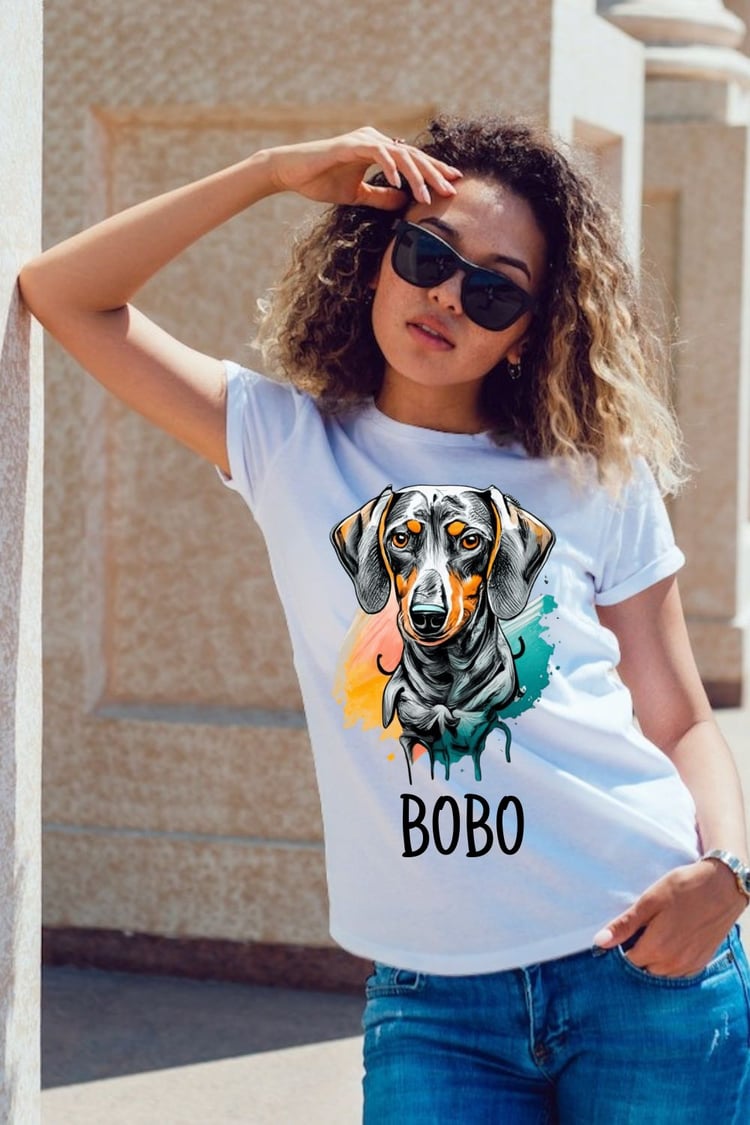
Do You Love Your Dachshund?🐕🦺 Copy This Outfit... 👗🥻👚
Click the Link to find your new summer outfit today...
6. Apply Paw Balm or Wax
Paw balms and waxes create a protective barrier between your dog's paw pads and hot surfaces. These products also moisturize and heal dry, cracked paws.
7. Stay Hydrated and Take Breaks
Proper hydration is crucial for overall health and can help regulate body temperature. Bring water on your walks and take frequent breaks in shaded areas to prevent overheating.
How much water should my dog drink on hot days?
Answer: As a general guideline, dogs should drink about 1 ounce of water per pound of body weight daily, increasing this amount during hot weather or increased activity.
Recognizing Signs of Paw Burn
Despite our best efforts, accidents can happen. It's essential to know the signs of paw pad burns:
- Limping or reluctance to walk
- Licking or chewing at the paws
- Discoloration of paw pads
- Visible blisters or redness
- Missing parts of paw pads
If you notice any of these symptoms, immediately cool your dog's paws with room temperature water and contact your veterinarian.
The Importance of Regular Paw Maintenance
Maintaining healthy paws year-round can help prevent injuries during the hot summer months. Regular nail trims, paw pad moisturizing, and checking for any cuts or abrasions should be part of your pet care routine.
How often should I check my dog's paws?
Answer: Ideally, you should inspect your dog's paws weekly, paying extra attention during extreme weather conditions.
Conclusion:
Protecting your dog's paws from hot surfaces is an essential part of responsible pet ownership. By following these seven tips - timing walks wisely, testing surface temperatures, choosing cooler routes, using protective gear, applying paw balm, staying hydrated, and recognizing signs of injury - you can ensure your furry friend enjoys safe and comfortable summer adventures. Remember, a little prevention goes a long way in keeping those precious paws healthy and happy all season long. So lace up those doggy booties, grab some water, and hit the trails with confidence, knowing you're giving your pup the best paw protection possible!



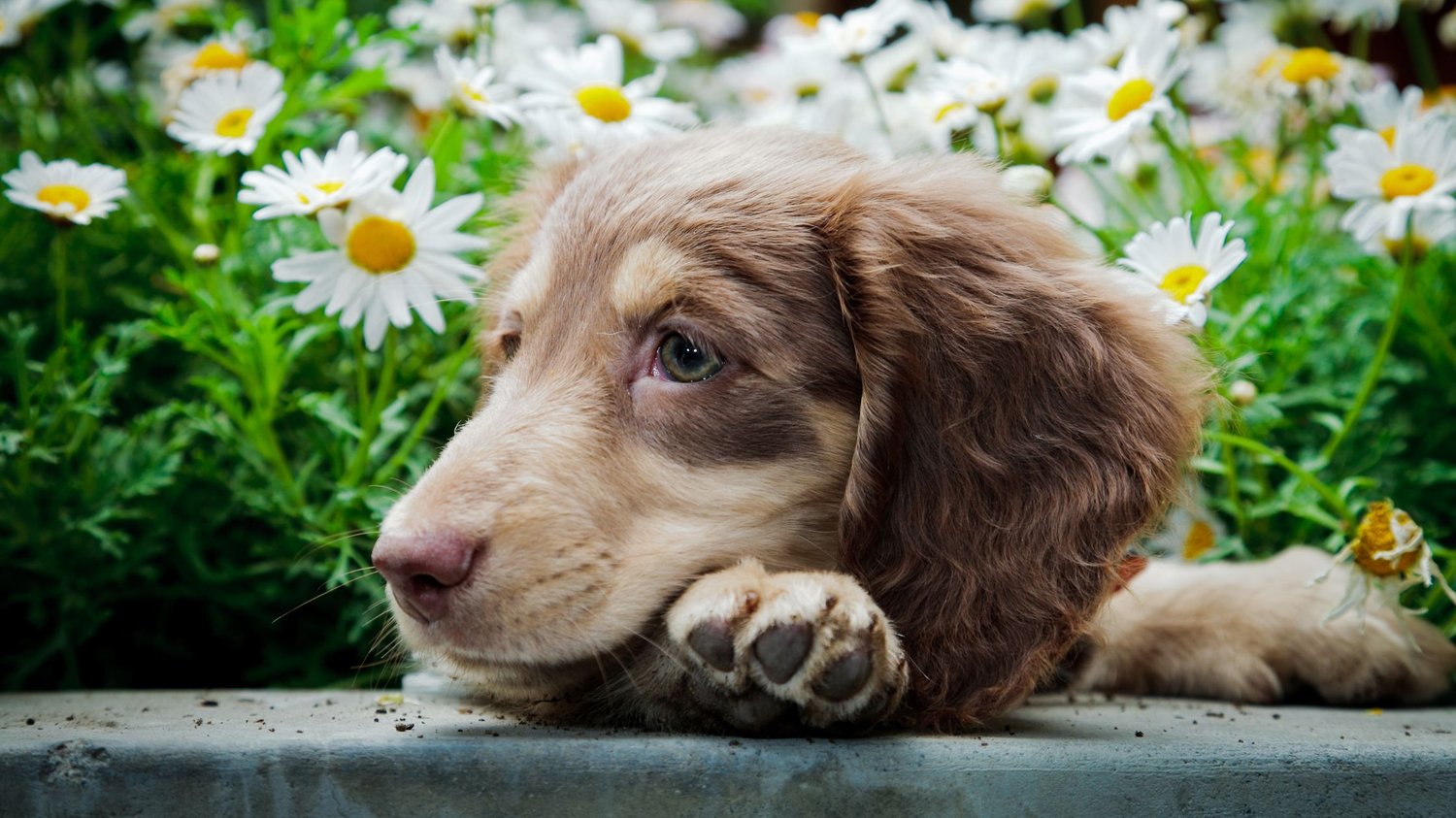









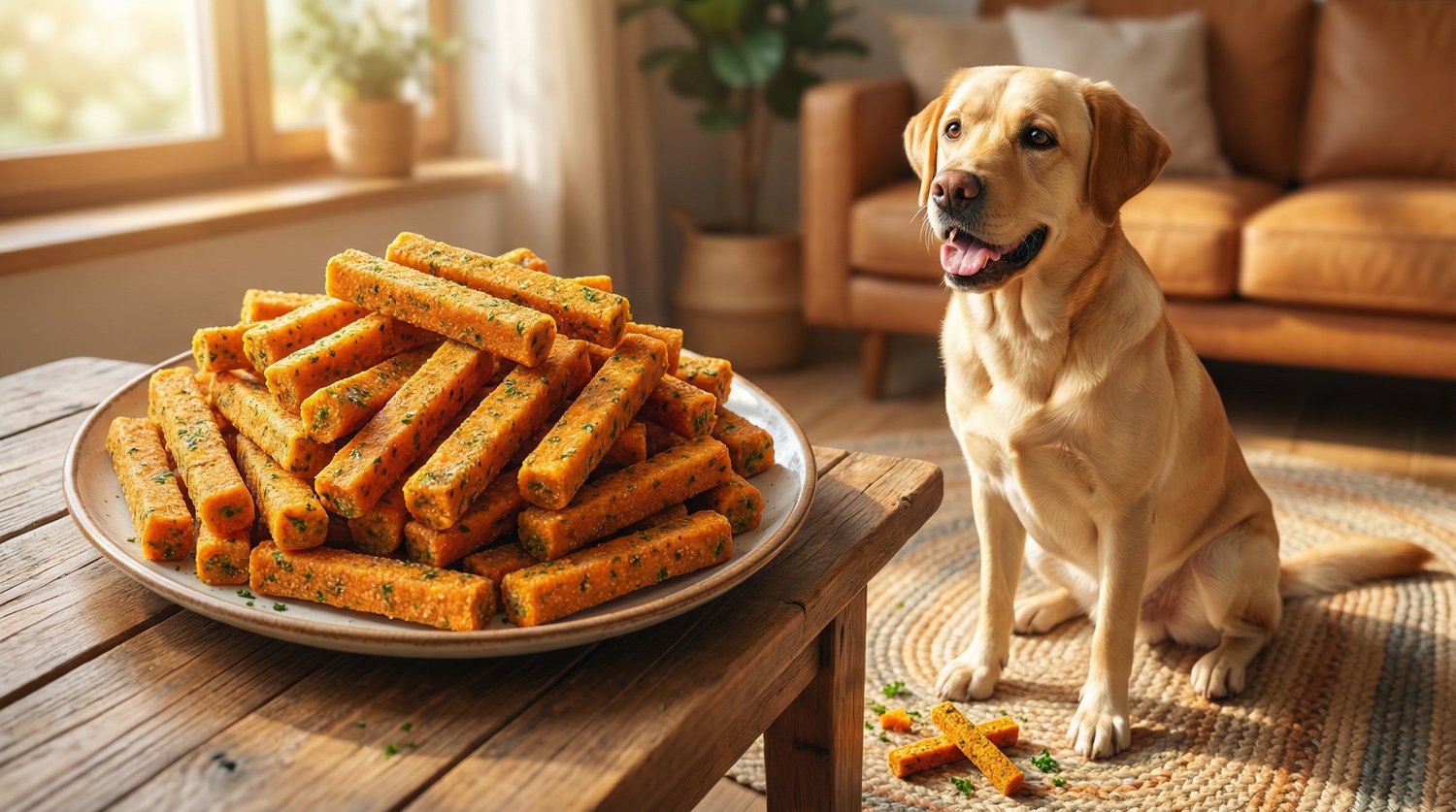


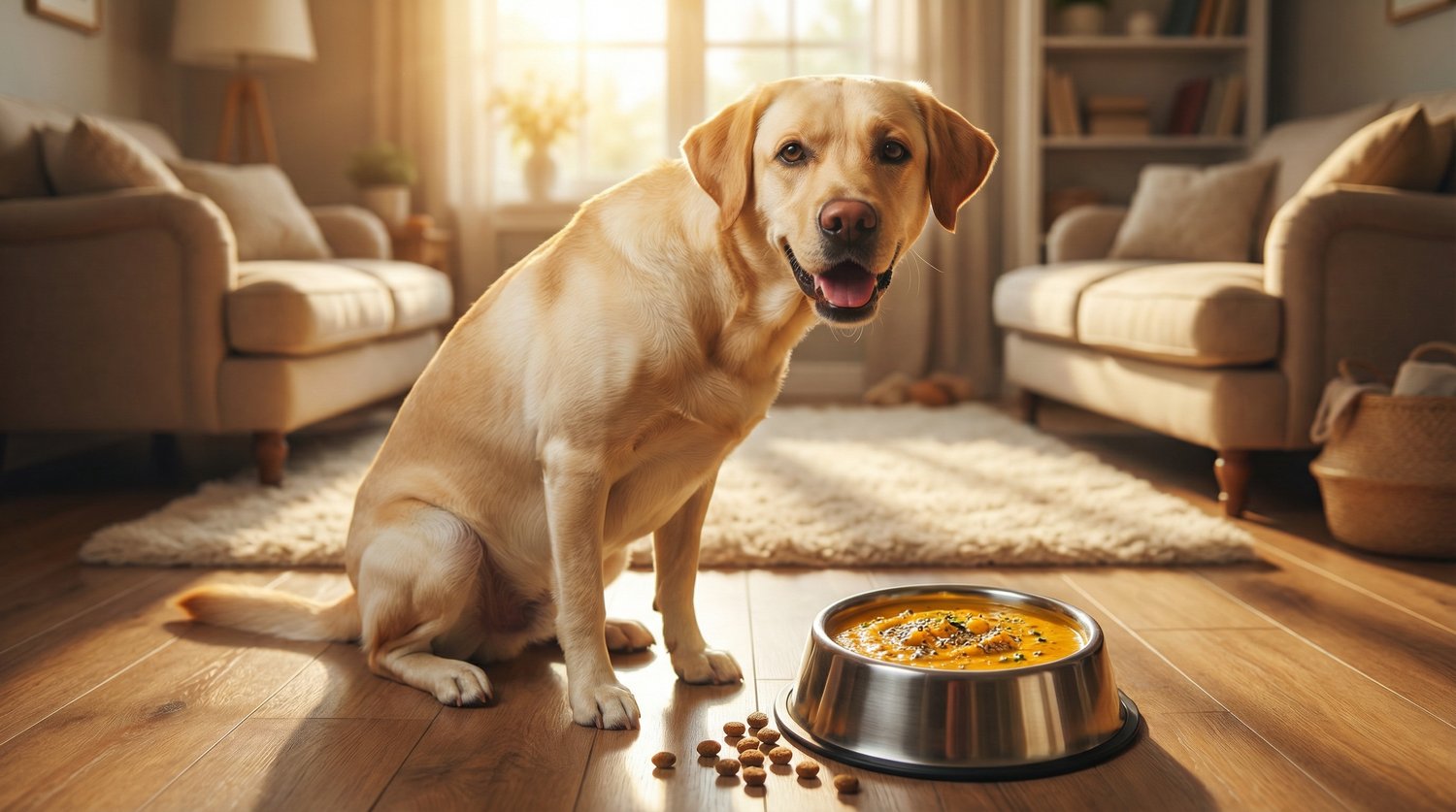
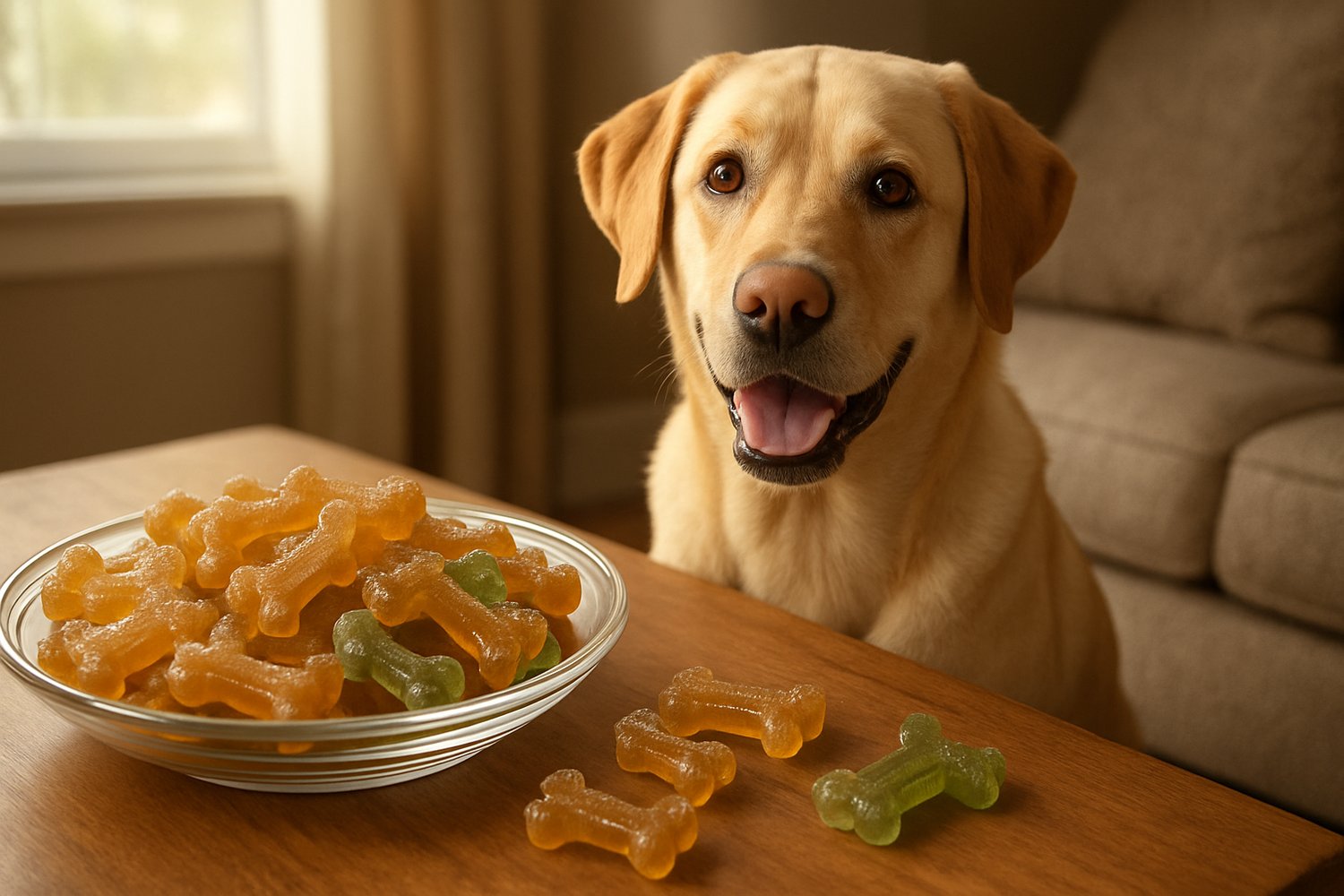
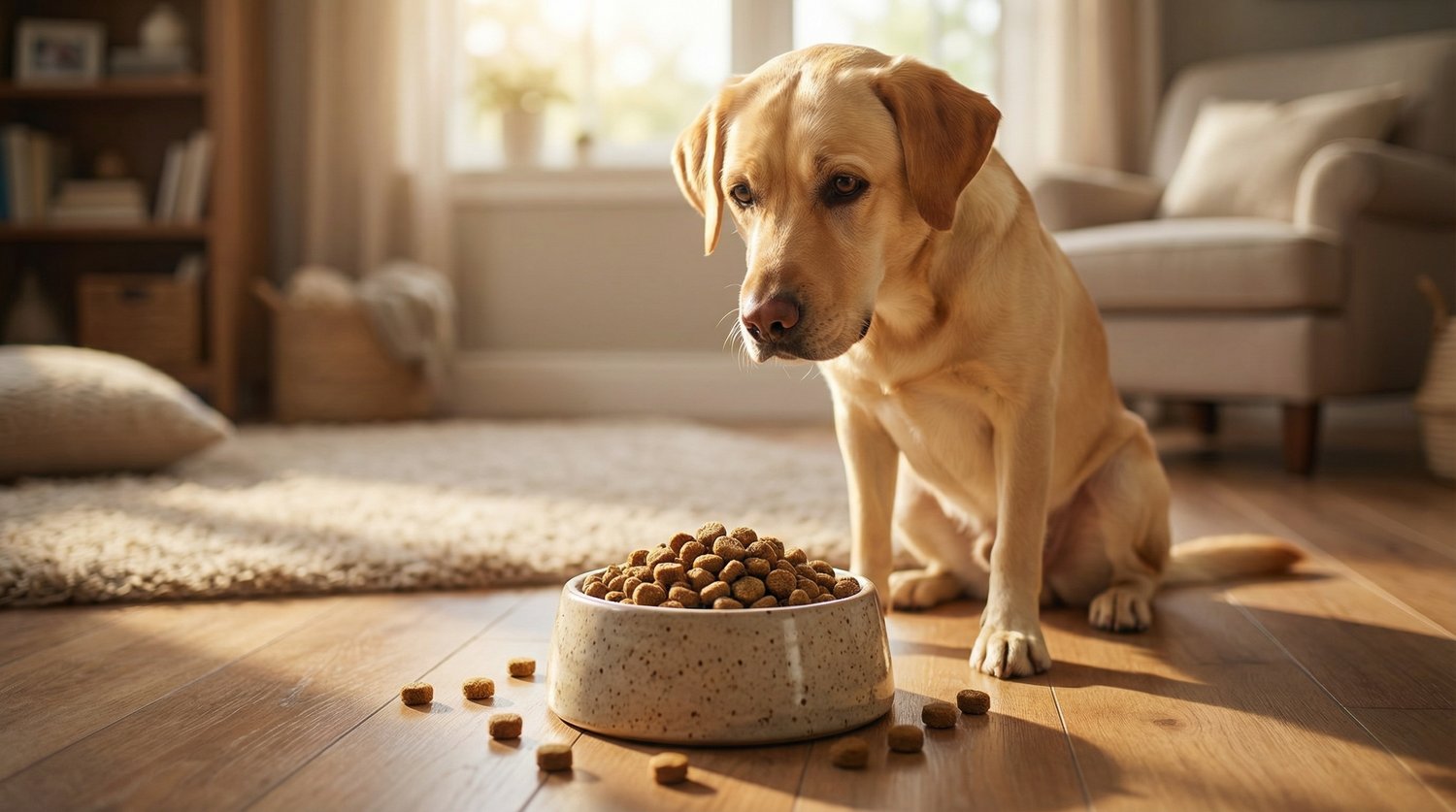




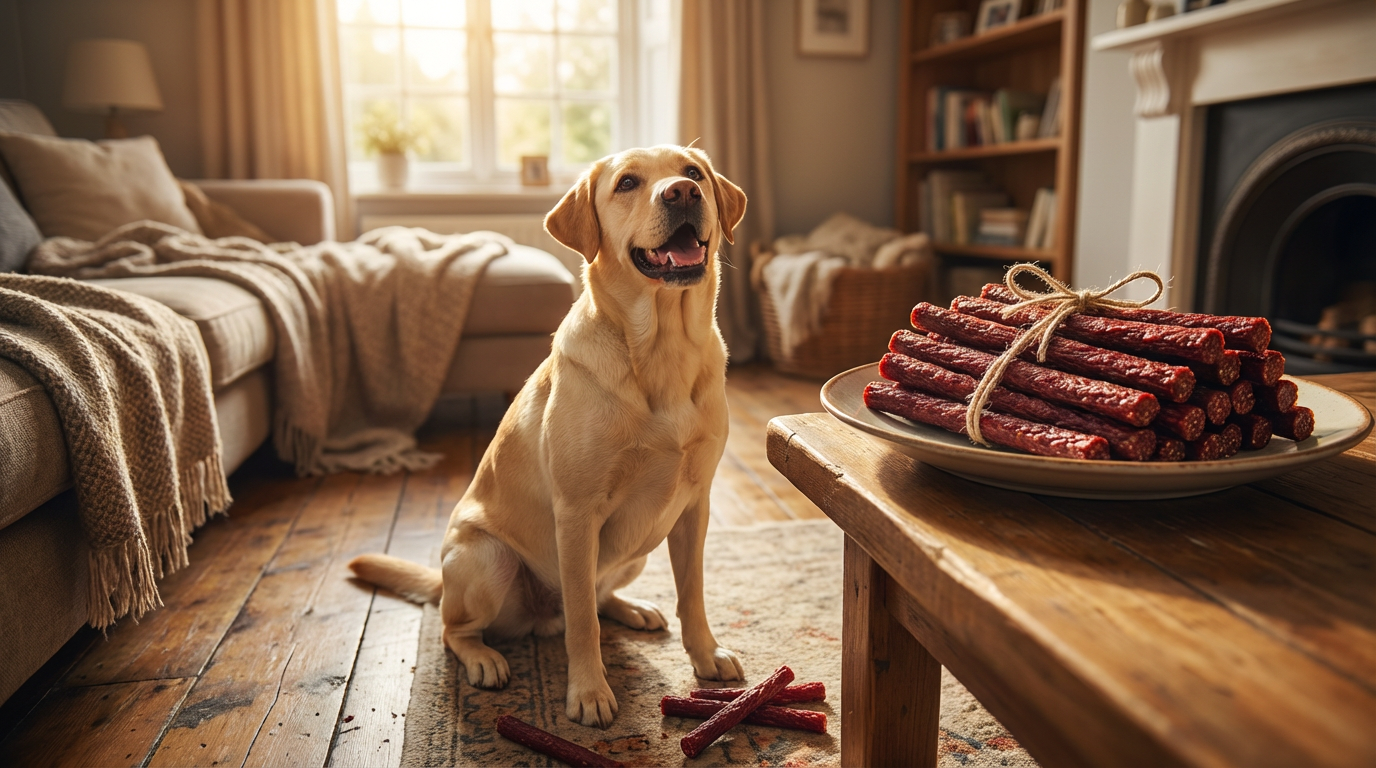
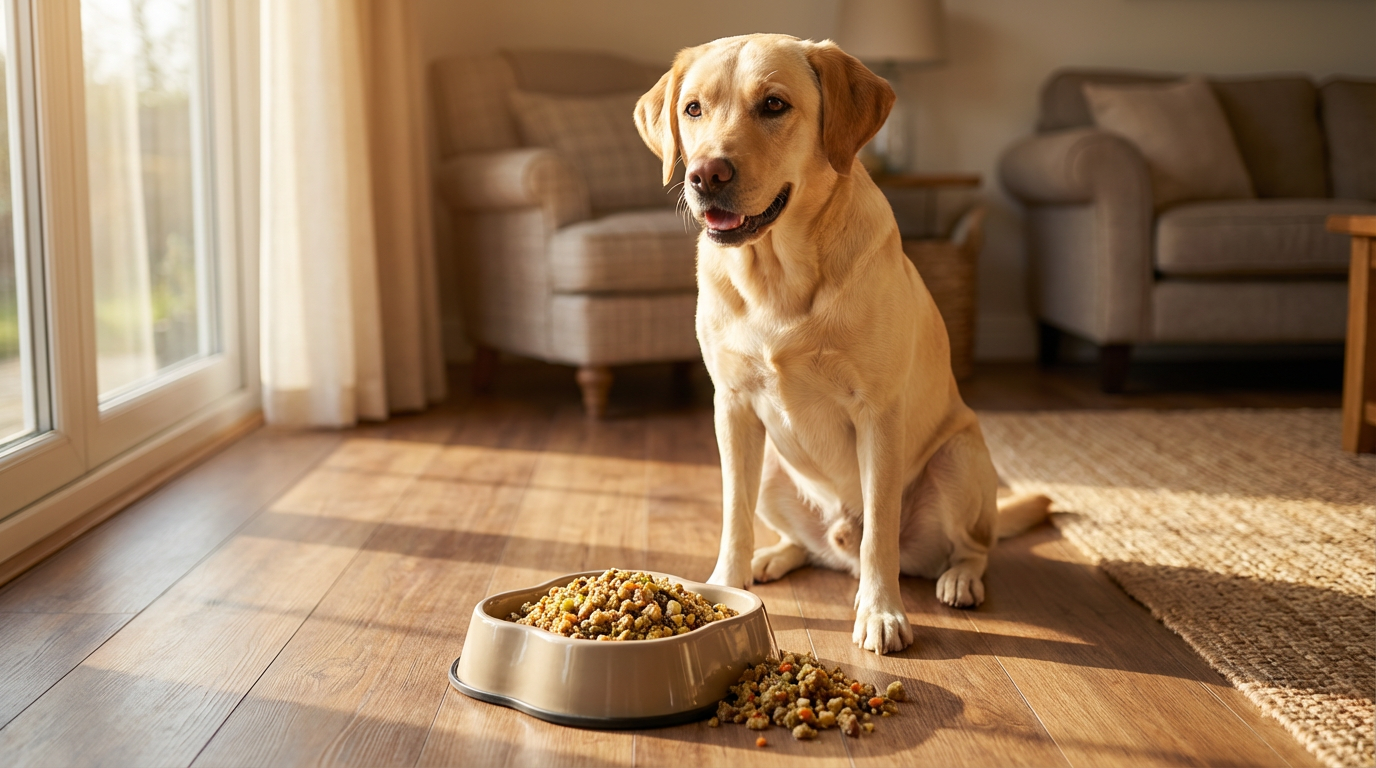
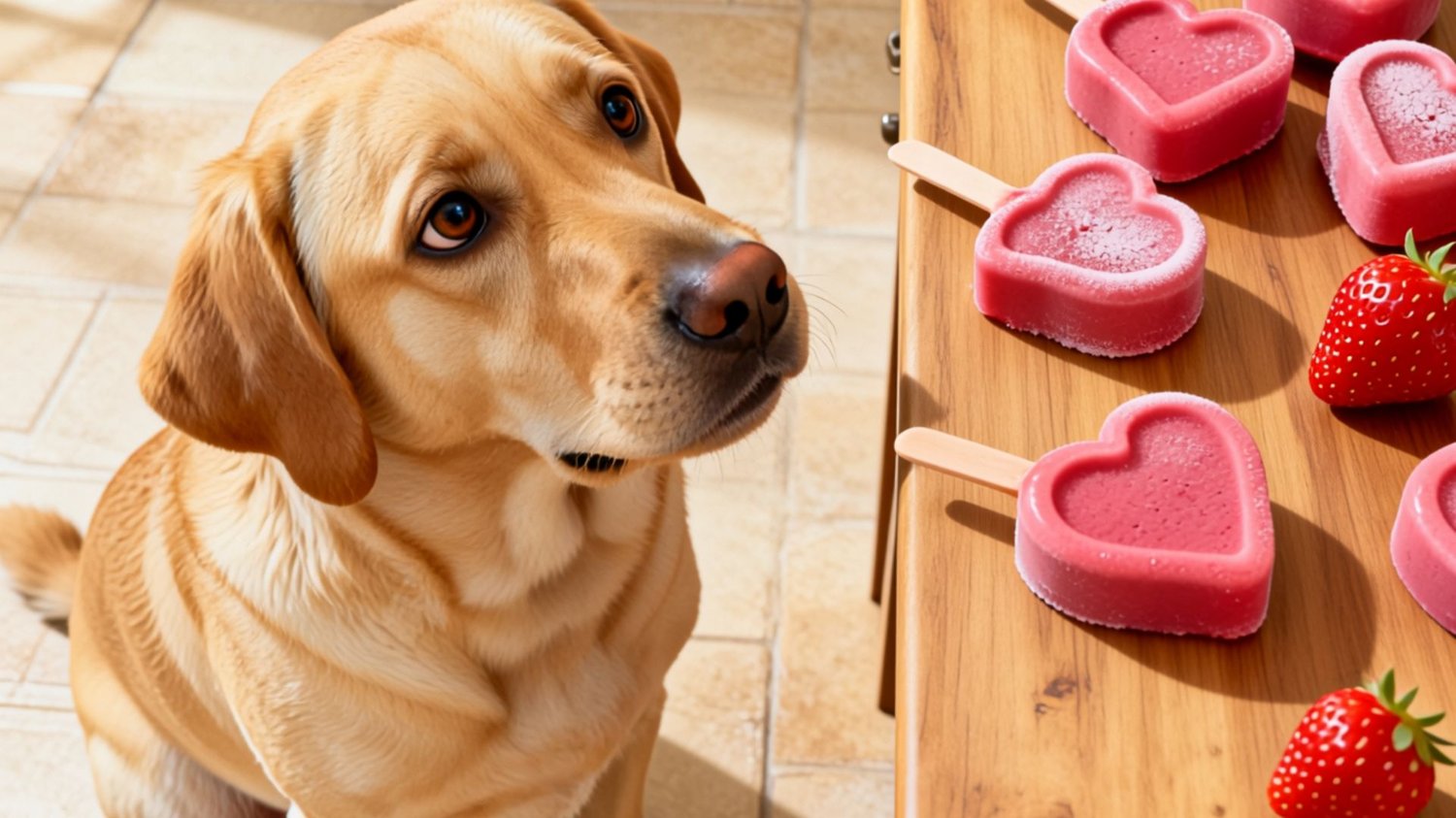
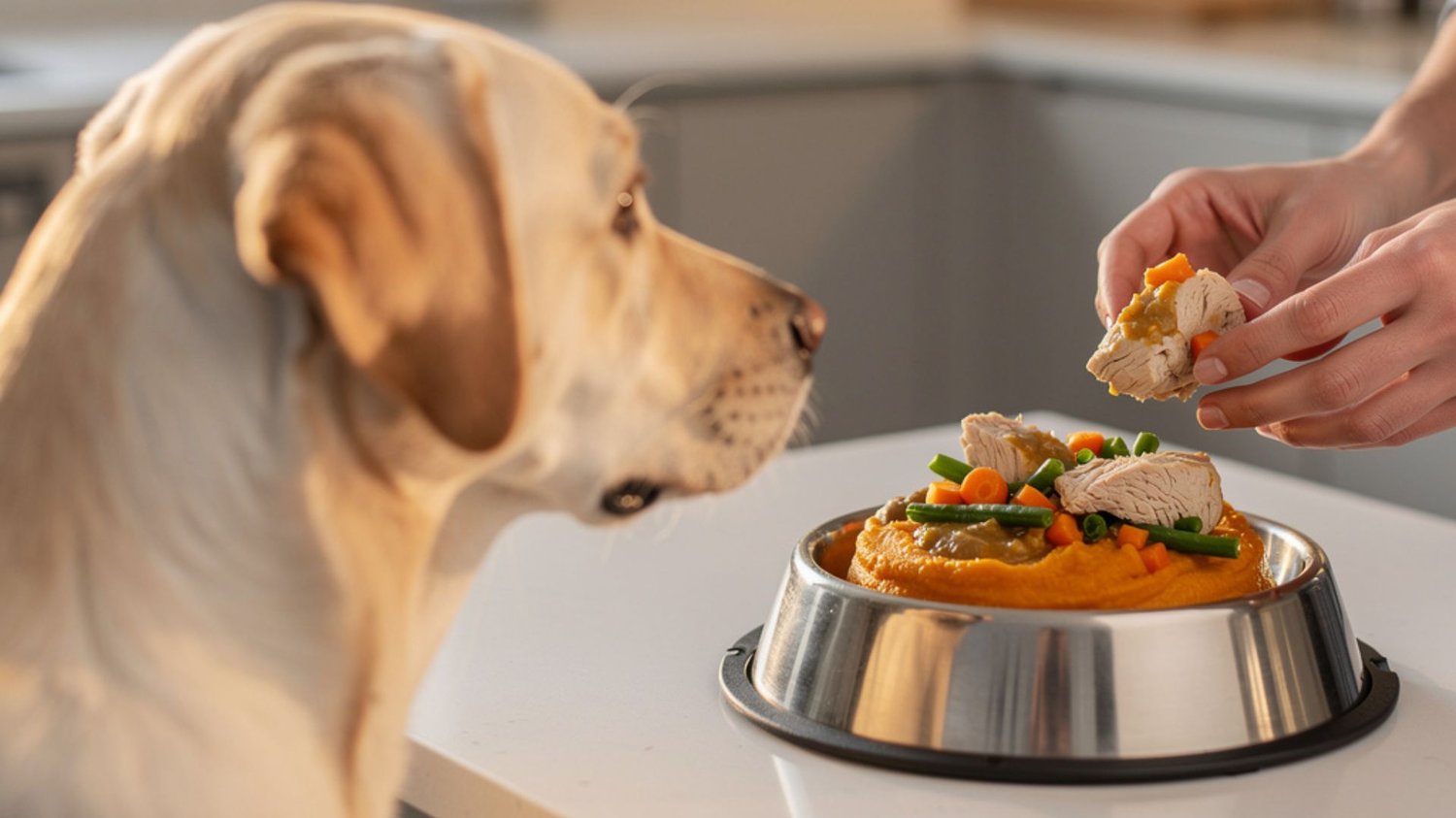

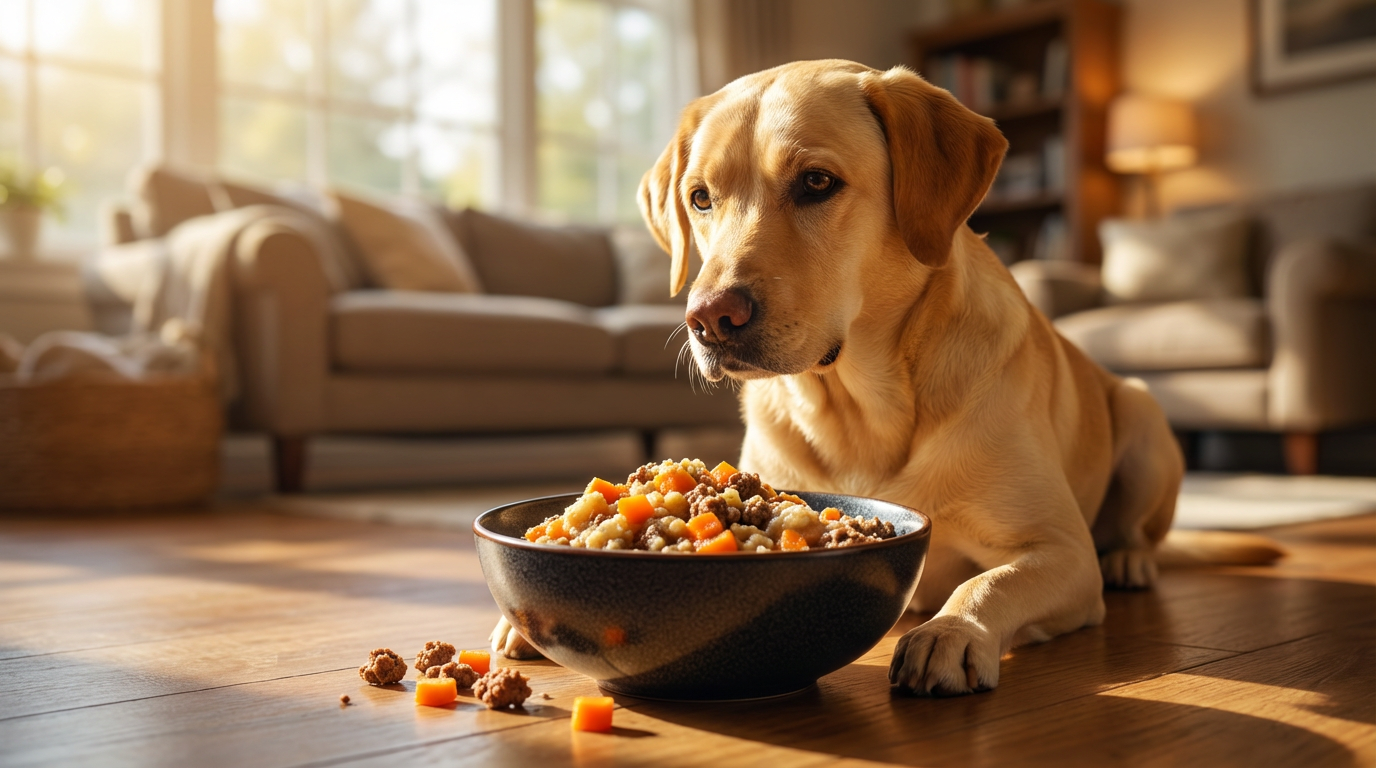



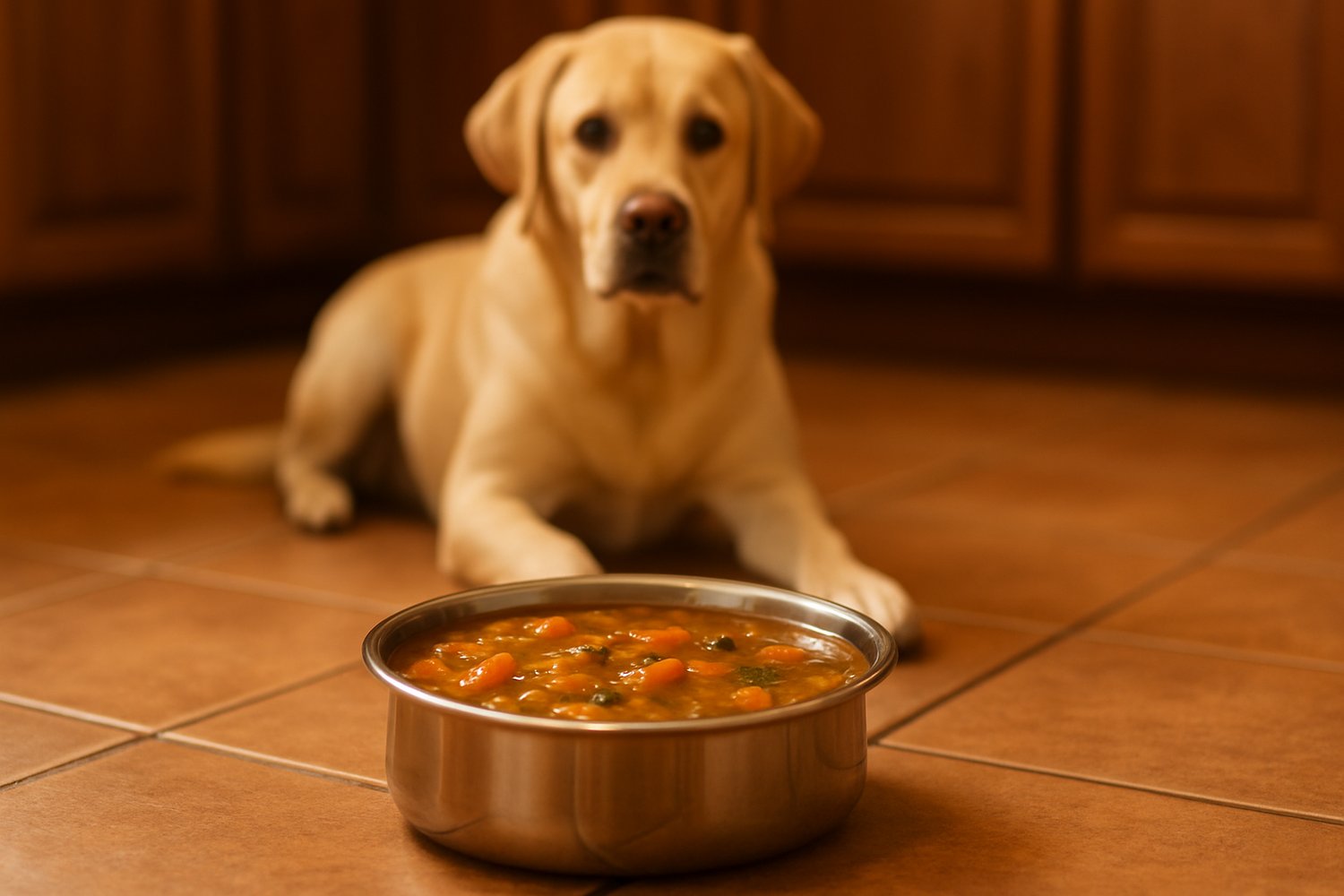

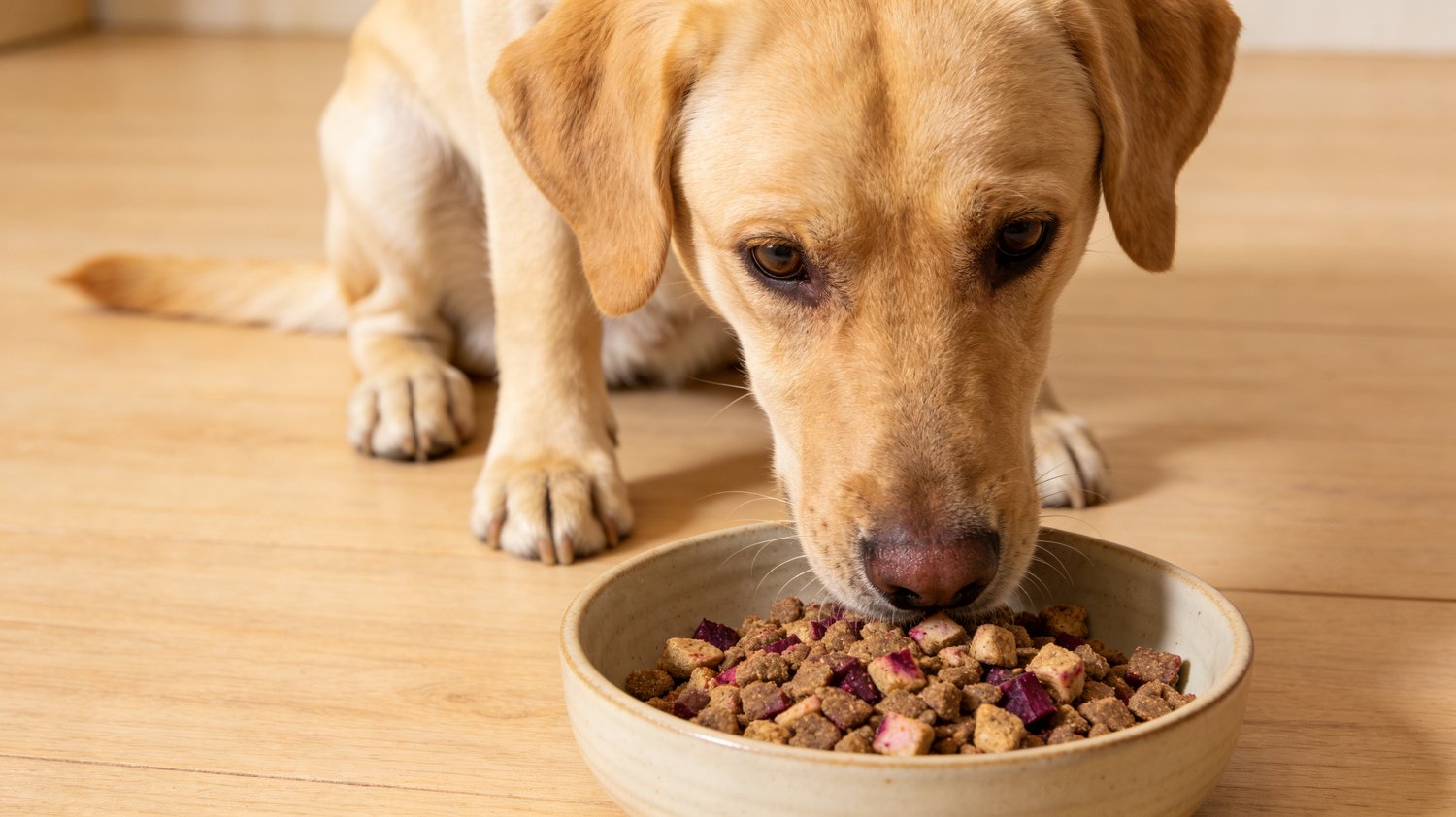
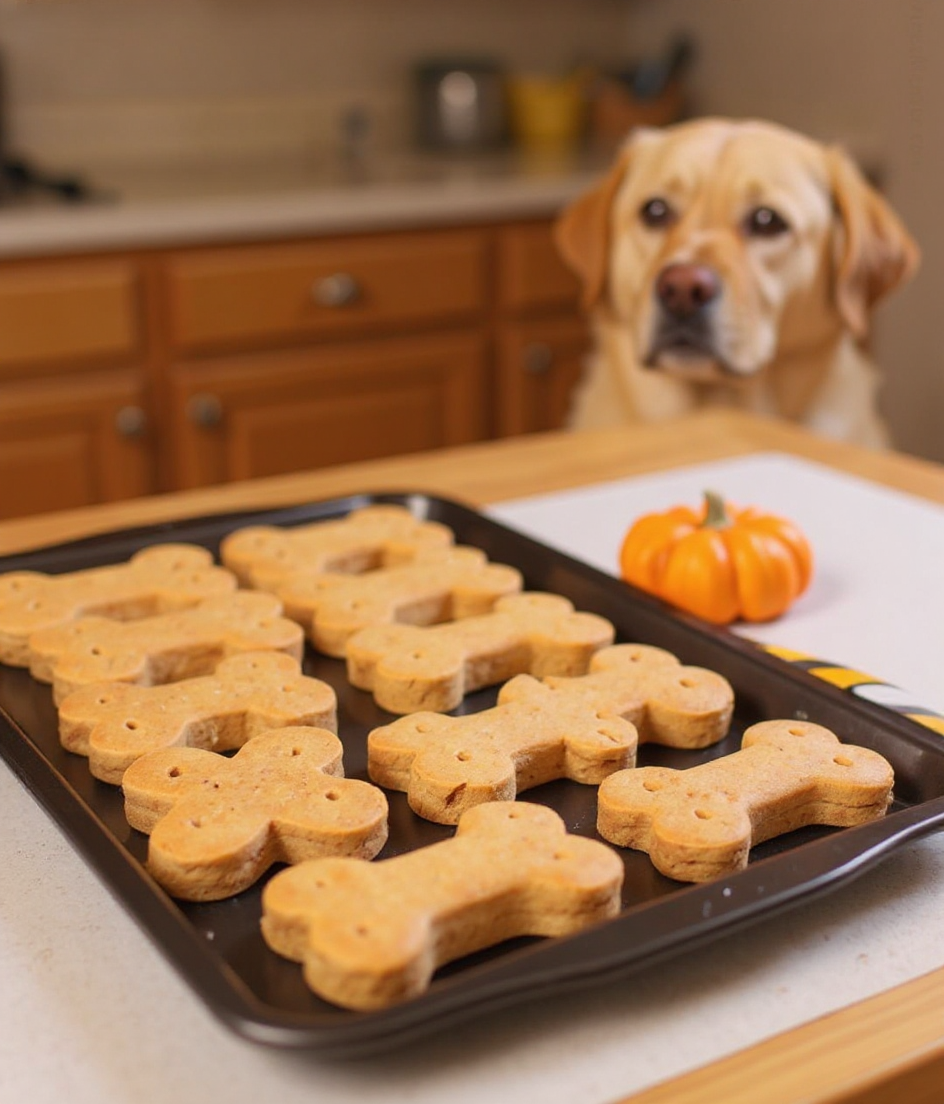
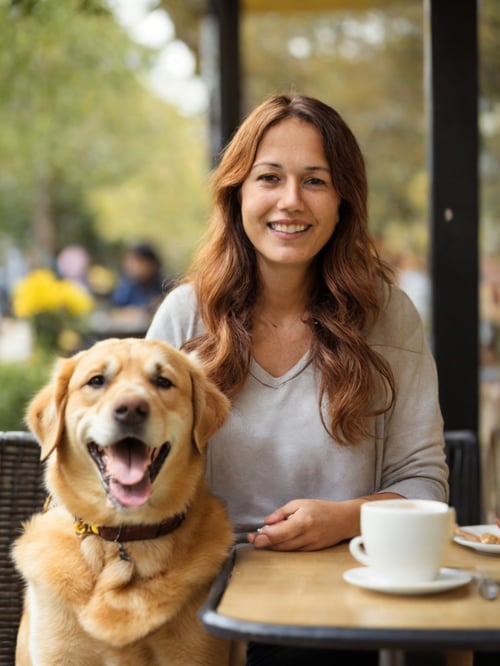

Comments ()